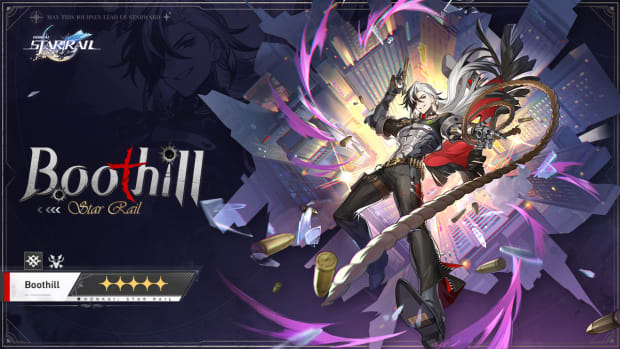Review: The Playstation Access let me play Sonic with my dad again
When I was growing up, gaming was a pretty normal part of everyday life. My family and I started our gaming journey on a ZX Spectrum, but before long we were gaming on 16 bits of pure blast processing power — the Sega Genesis.
My sister and I were born into a house predisposed to gaming, as our dad was pretty keen on it, to say the least. He wrote his dissertation on the rise of Space Invaders in arcades, and that love of gaming rubbed off on us right from the get go. We would spend hours playing Sonic on the Genesis, quite often the later games in which each player could take control of one of the series’ fuzzy critters.
Dad told me he used to sneak down after dark to play more Sonic after we went to bed — we were holding him back, he said, as kids often do. Without us, he could play at his own pace, much faster than he ever could with two kids poorly platforming through tight levels.
His lifelong gaming hobby came to an end when, in his 50s, he was diagnosed with early onset dementia. He can still live independently, with a little bit of help from our mum and a lot of calendars and reminders. One thing he can’t do, though, is play any game that needs more than a couple of buttons — and those games are pretty rare in the modern gaming landscape.
It’s not for lack of trying. He’s given a few different games a go, often combining one of his other hobbies, cars, in games like Forza Horizon 5. Actually racing was a little too far out of reach, but he spent a lot of time in the car purchase screen, slowly rotating each car on its digital platform and marveling at their faithful recreation.
When PlayStation offered GLHF the opportunity to try out the PlayStation Access, the company’s new accessibility-focused controller and its own take on the Xbox Adaptive Controller, I knew exactly what I had to do. It was time to play Sonic with my dad again.
Sonic was the perfect choice for trying out a controller like this. Not only was my dad already very familiar with the blue blur, it was also fairly easy to navigate with just a button and a joystick — something the PlayStation Access offered, and then some.
The Access has much larger buttons than your standard controller, making them much easier to press even without fine motor control, and it can be almost endlessly customized. During the setup, you get to choose how the joystick and the controller as a whole will be orientated, but the setup process is a bit more complex than it probably should be.
For an accessibility controller, you’d think that the setup process would be quick and easy, but I found that it was a little on the complicated side, and might be a bit too difficult to navigate the process if you’re in need of the controller. Changing the orientation of the joystick after I’d selected it in the tutorial seemed to be impossible, and that joystick is also held on with a magnet, which meant it was prone to falling off if pulled upwards.
Once the setup process is done, though, and you’re in the game, everything works exactly as it should. My dad chose to have the X button assigned to the large button in the center of the controller, just to make things as simple as possible, and used the joystick as you’d expect.
Our first foray was into Sonic Origins, games that my dad remembers, though some parts proved a little bit difficult for him to get past. He wasn’t able to make some of the jumps, and couldn’t quite understand why standing on spikes was a death sentence for the hedgehog, but he was still playing it, and that was more than he’d have been able to do otherwise.
We were sent two controllers, and they can be assigned to the same player, expanding the options available to the player or letting someone sit on the sidelines and offer assistance when needed, but for the most part, my dad didn’t need it. It took a little bit of gentle guidance, a few nudges in the right direction, but he was able to get through levels on his own, and it’s hard to assign that success to anything other than having a big old button and a joystick available to him.
It helps, too, that he was able to play while lying down – a position that’s far more comfortable for him – since he would normally have to sit up to be able to look down at the controller for reference. Once again, a big button and a joystick makes all the difference.
We later moved on to Sonic Superstars, a game with much more robust co-op play, and that’s overall much more forgiving for second players if they fall behind. That’s probably something my dad could have used when me and my sister were young — he probably wouldn’t have had to sneak down after we went to sleep to go at his own pace.
The PlayStation Access was designed for people with physical disabilities, but its broad design goals help people with other kinds of disabilities too. In my dad’s case, it meant he and I could play Sonic together again, something we wouldn’t have been able to do – or at least not easily – without a controller like this. I love gaming, and so does my dad, and being able to play together again after so long was a precious moment.
No accessibility controller is going to work for every single disability, but the PlayStation Access is a huge step towards making sure more people can play the games they enjoy with the people they love.
Tested by Georgina & Stuart Young and written by Oliver Brandt.






